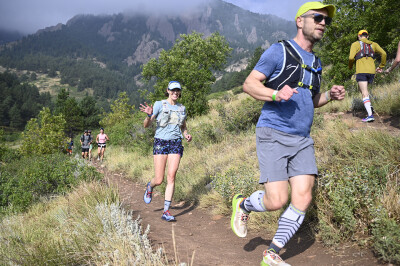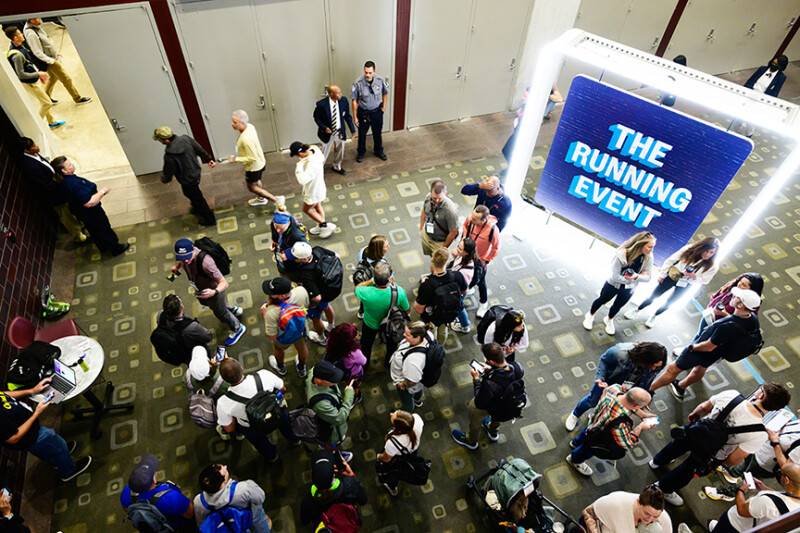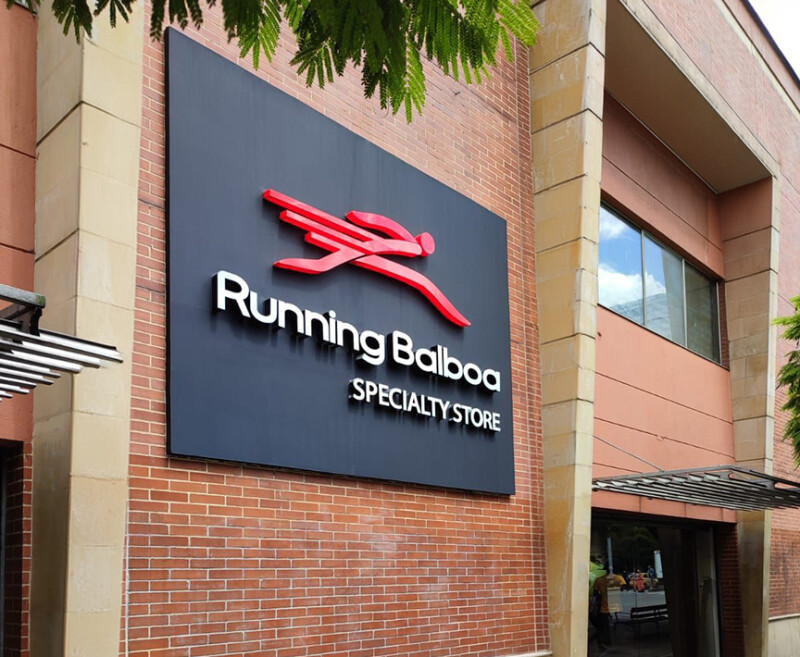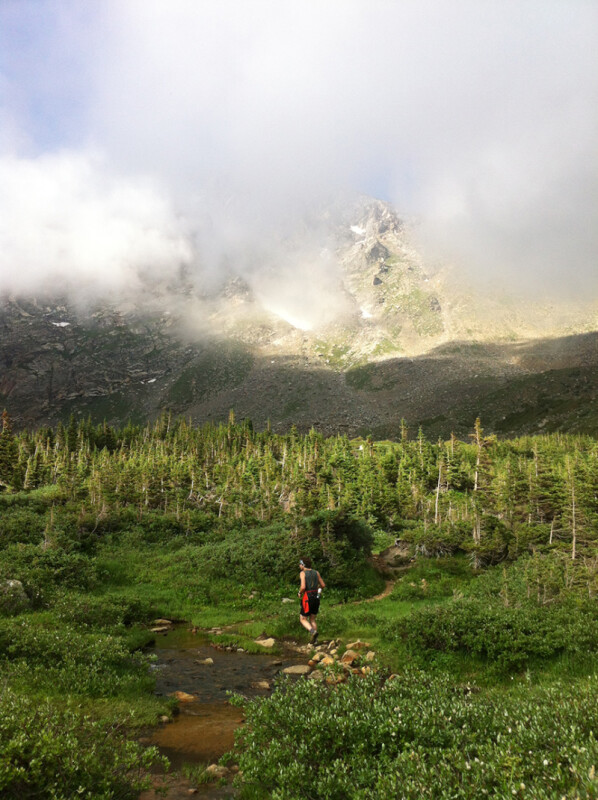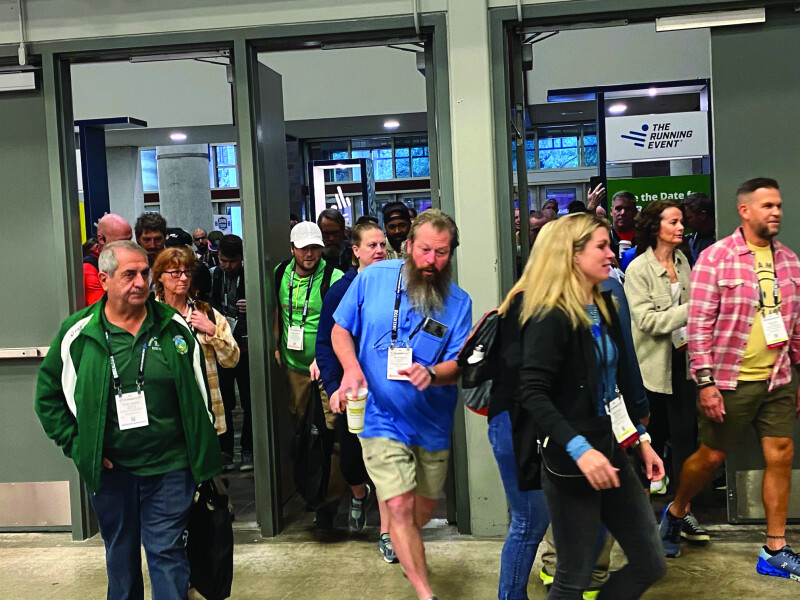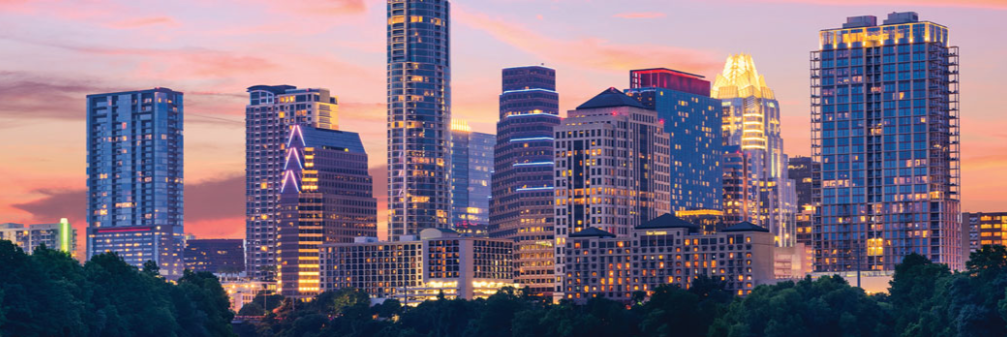Trail running has come a long way since the pandemic-era surge that brought a wave of new athletes to the trails. In the years since 2020, the sport has not only rebounded — it has professionalized and globalized at a rapid pace. International race series such as the Golden Trail World Series, the Merrell Skyrunner World Series, the World Trail Majors and UTMB have expanded their reach, attracting young, ambitious elites, increasing livestream viewership and drawing sponsorships from both endemic and mainstream brands. The front of the pack has never had more visibility.
But while the spotlight has shifted toward elite competition and global broadcasts, it’s essential not to lose sight of what makes trail running unique — it remains a participation-driven sport. The weekend warrior at a small-town 25K, the first-time 50-miler taking selfies at the summit — these runners are the heart of the sport.
They may not land on podiums or race with media crews in tow, but they represent the largest share of participants and their collective influence is significant. Their spending habits, brand loyalty and appetite for connection through racing, volunteering and community events are what sustain the ecosystem.
That’s the encouraging part. The trail running audience in the U.S. continues to grow, not just in size, but in enthusiasm as well. New runners are joining local races, signing up for run clubs, buying gear and looking for brands that reflect their values and aspirations.
From our vantage point at UltraSignup, we’ve seen firsthand how this growth is reshaping the sport. What follows is a closer look at who these runners are, where they’re going, and what their choices mean for the future of trail running.
A Trail Race For Everyone
When most people think of running races, they imagine the world’s big-city marathons or a neighborhood 10K. Their mental map is shaped by road and track events, where distances are standardized, times are precise and terrain is predictable.
Trail running operates under a different logic. Even the definition of a “50K” can be more conceptual than exact, depending on the course, it might be 29 miles, or 34. And that’s part of the appeal. The terrain, the elevation, the weather and the dynamics of the trail matter as much as the distance itself.
Despite the “ultra” reputation, more than half of the races on UltraSignup are actually shorter than ultramarathon distance. Sub-ultra events continue to serve as a vibrant and essential part of the trail running ecosystem. These shorter races provide crucial entry points for newcomers, allow seasoned athletes to race more frequently and keep the sport accessible to those who may not have the time or inclination to train for 100 miles.
At the same time, trail running continues to innovate. Fixed-time and backyard-style formats, where runners complete loops for a set duration or until only one remains, are gaining traction. These events, often held in front-country or urban-adjacent areas, offer a different kind of appeal: psychological endurance, community spirit and accessibility. In fact, in 2024, 8.6 percent of all finishers on UltraSignup participated in one of these looped or timed events, a number that continues to rise.
Meanwhile, the far end of the endurance spectrum is experiencing its own boom. The 200-mile race is no longer an outlier and it’s increasingly viewed as the new benchmark in ultrarunning ambition. Registrations for 200-plus mile events grew 114 percent year-over-year in 2024 and the 2026 edition of the Cocodona 250 sold out within eight minutes.
What was once a fringe curiosity has become a proving ground for runners looking to test the limits of human endurance. These events are drawing athletes motivated not just by competition, but by a desire for deep, transformative experience and adventure.
Of course, most runners aren’t quite ready for 200 miles of sleep deprivation and problem-solving. But many are inspired by those who are. Social media has helped elevate figures like Andrew Glaze, whose prolific racing and relentless optimism have become a blueprint for aspiring ultrarunners.
That influence is evident in the data. Participation in races between 26.3 and 50 miles rose by 42 percent in 2024, while events between 50 and 100 miles saw a 77 percent jump. It’s a clear sign that the appetite for long-distance trail running is growing, not just at the elite level, but across the broader participant base.
For race organizers and run specialty retailers, this evolution presents multiple opportunities. Shorter races and looped events can engage local communities and lower logistical barriers, particularly in regions without alpine terrain. At the same time, the rising demand for 200-mile races points to a maturing audience eager for bigger, bolder challenges. For brands, this divergence in format means designing gear that can handle both the minimalism of a 10K and the durability required for multi-day efforts.
For marketers and media professionals, it offers fertile ground for storytelling, whether that’s capturing the euphoria of a first-time 50K finisher, Golden Hour at a premier event or the intimacy of encouraging words exchanged between competitors at mile 187.
Trail running is expanding in every direction. The real challenge now is keeping pace with its evolution and making sure the media and storytelling is animated by the same heartbeat and spirit of adventure that brought runners to the start line.
Who’s Showing Up
Trail and ultrarunning participation is slowly but meaningfully shifting, according to UltraSignup’s 2024 data, offering valuable insights for race organizers, brands, and service providers aiming to better understand and serve this growing community.
Men still make up the majority of trail runners, accounting for just over 60 percent of all participants. But women are quietly gaining ground, year over year. In 2024, women represented 39.6 percent of all race entries, a modest increase from previous years and just under the record-setting 41.3 percent peak during the pandemic-fueled running boom in 2020.
This upward trend is most visible in sub-ultra distances, where female participation now nearly matches male participation, 46.8 percent versus 53.2 percent, respectively. These shorter trail events serve as an important entry point for women, suggesting that investing in beginner-friendly formats, mentorship programs or women-focused community initiatives could yield long-term returns in both participation and brand engagement.
Non-binary representation, while still minimal, is slowly being tracked. Only a small percentage of events currently offer a non-binary division, but where it is available, participation is measurable, ranging from 0.02 percent to 0.06 percent depending on race format. For organizers, offering inclusive registration options not only signals alignment with consumer values but may also drive engagement among younger, more diverse runners seeking community and belonging.
Age demographics offer equally rich insights. While the median age across all participants is 40, the age distribution varies significantly by race type and distance. Runners aged 30 to 39 make up the largest age group overall, followed closely by those aged 40 to 49, indicating that trail running continues to appeal most to those in their prime working and parenting years — individuals with both disposable income and a growing interest in health, nature and challenge-based recreation.
Shorter races skew younger. In 5K events, runners under the age of 20 represent a striking 18 percent of participants. Meanwhile, the 20–29 age group favors milestone formats — including half-marathons, marathons and 50Ks, and shows a notable affinity for Backyard Ultras, where they comprise over 18 percent of the field.
These findings suggest an appetite for unconventional endurance formats among younger athletes, especially those seeking community-driven or mentally engaging race experiences. For brands looking to reach Gen Z and younger Millennials, formats like the Backyard Ultra could be a powerful entry point.
At the opposite end of the spectrum, athletes aged 40 to 49 dominate 200-mile events, which demand substantial time, training and financial commitment. These are not casual participants — they represent a high-value segment for gear brands, coaching platforms and destination race organizers, who can tailor premium offerings to meet their needs.
Even runners aged 70 and up are making a mark. While they tend to favor shorter distances (3.31 percent of all 5K runners fall into this age group), they are also showing up in longer formats like 24-hour events, where they comprise 3.46 percent of participants. This points to the sport’s remarkable longevity and inclusive appeal — and the potential to support older athletes through recovery products, social initiatives and age-adjusted competition categories.
In short, the trail running demographic is expanding — not just in numbers, but in diversity of age, gender and race preferences. For stakeholders across the industry, from race directors to apparel makers, these shifts offer a clear call: the future of trail running will be shaped by inclusivity, flexibility and format innovation.
Geographic Trends Matter
Trail running in the U.S. is no longer confined to a handful of well-known mountain towns or coastal enclaves. In 2024, more than 38 percent of trail runners registered for events outside of their home state, according to UltraSignup data, a clear sign that the sport is becoming increasingly mobile and geographically diverse.
This shift carries meaningful implications for race organizers, destination marketers and gear brands alike, as the profile of the trail runner continues to evolve beyond traditional regional strongholds.
Unsurprisingly, California continues to host the largest share of events at 11 percent, followed by Washington (6.5 percent), Oregon (4.75 percent), and Colorado (4 percent). These states benefit from a combination of abundant trail infrastructure, established trail running communities and natural terrain that lends itself to endurance racing.
However, other regions are gaining ground. Pennsylvania (4.8 percent), Georgia (4.75 percent) and New York (4 percent) now rank among the top states for trail events, suggesting that the East and Southeast are important centers of trail running activity. Meanwhile, states such as Arkansas, Mississippi and South Dakota remain largely untapped, with minimal event representation and the potential for future growth.
This broader geographic spread underscores the increasing importance of destination racing. With nearly four in 10 runners traveling across state lines to compete, events that offer a compelling combination of location, experience and community are more likely to draw national attention.
For race directors and local tourism boards, there is a clear opportunity to position trail events as travel-worthy experiences, particularly in regions that offer access to public lands, scenic trails and small-town charm.
For gear and apparel companies, regional differences in climate and terrain present an opportunity for more targeted engagement. Waterproof gear and technical layering systems may resonate with Pacific Northwest runners, while desert regions demand lightweight, breathable fabrics and hydration-focused solutions. Pop-up retail experiences or product demos at high-participation events in key states could serve as effective touchpoints for brand discovery.
Perhaps most notably, the growth of fixed-time and looped events signals an expansion of the sport’s geographic and logistical possibilities. These formats, often held in parks or on accessible terrain, require less elevation and remote access, making them viable in regions that lack the vertical terrain traditionally associated with trail ultras.
For race organizers, this presents a path to expand trail participation in regions with fewer natural elevation features or where land access is limited.
A Growing Trail Footprint
In short, trail running’s geographic footprint is growing and, with it, the opportunities to serve a more dispersed, travel-ready and diverse community of runners.
For stakeholders across the industry, from event producers to product developers, recognizing and responding to these regional trends will be key to reaching the next generation of trail athletes.
About UltraSignup
UltraSignup is a marketplace for discovering, registering and managing trail running events across the United States, offering services like registration hosting, result tracking, runner rankings, race marketing and media. With a mission to promote the spirit of trail running and outdoor adventure, UltraSignup connects trail runners with races, brands, resources and one another. Founded in 2009, runners can use UltraSignup.com to discover and choose from more than 5000 races.
